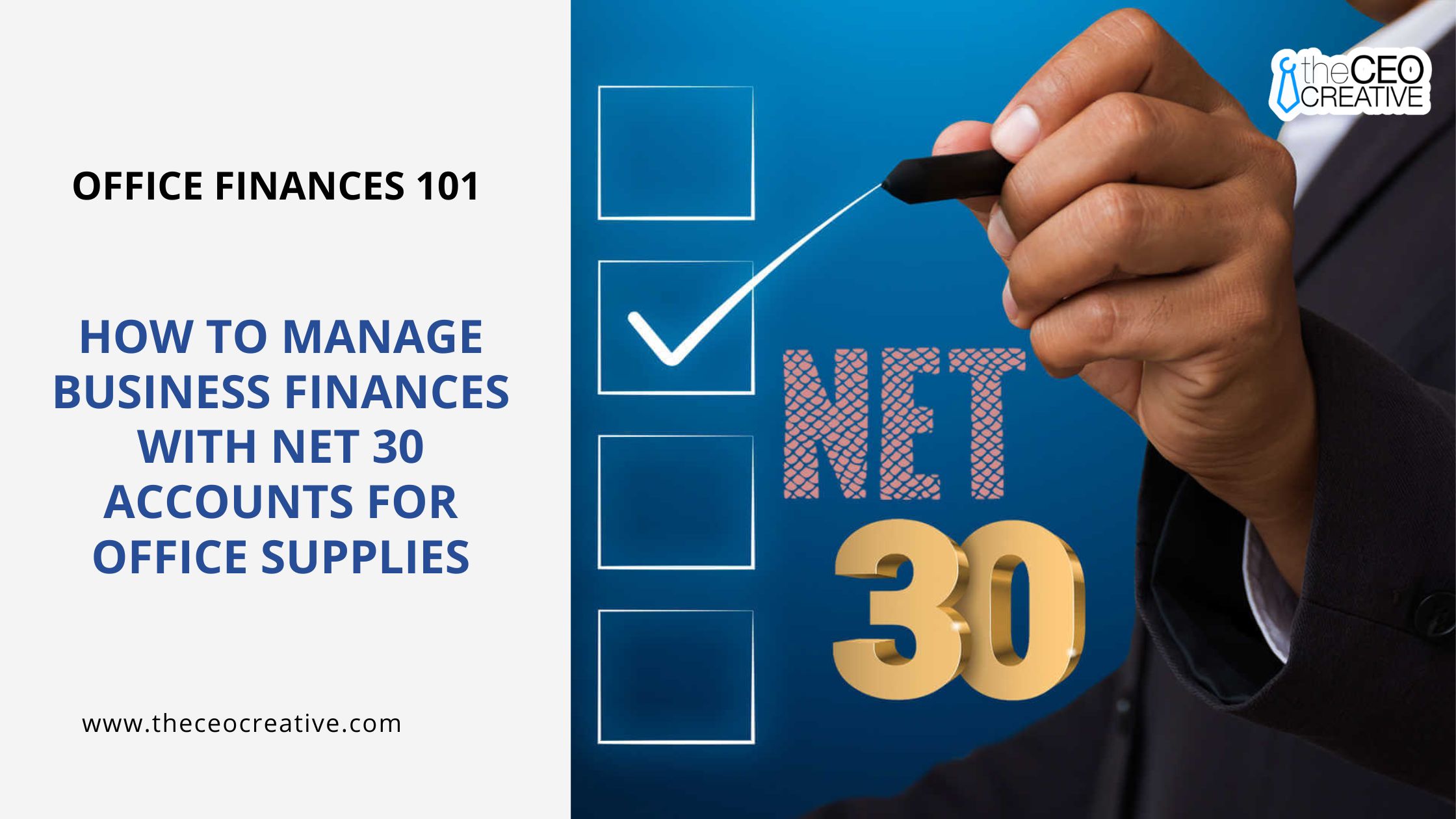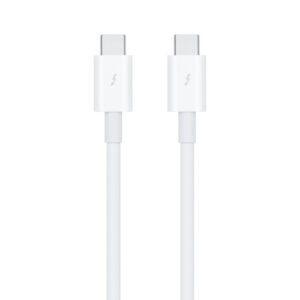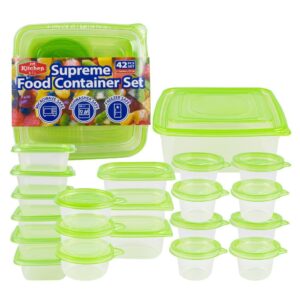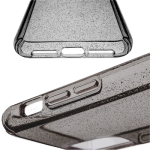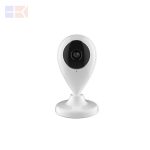Running a successful business requires more than just great ideas; it demands savvy financial management. Leveraging Net 30 office supplies is a smart strategy to optimize cash flow and streamline expenses.
With Net 30 terms, businesses can acquire essential supplies and pay for them within 30 days, providing valuable financial flexibility. Let’s explore how this strategy can be a game-changer for your business!
Understanding Net 30 Office Supplies
In the wonderful world of operations, keeping expenses as low as possible is more than just a checkbox on your to-do list; it’s that grease for the wheels to keep them smooth and the business primed for growth.
One such way this can be done is by setting up a Net 30 account with office supply vendors. Now, let’s unwrap what these accounts are and how they can ease the load.
Definition and Basics
Let’s get down to basics! A Net 30 account is a credit agreement wherein a business is extended the privilege of buying a certain amount of goods or services from a supplier on credit. The “30” in Net 30 pertains to how many days you have to pay the bill from the date you receive the invoice. Simple, right? These accounts are specifically tailored for businesses and are often used with everyday needs, such as office supplies.
Setting up a Net 30 account with a supplier means you’re establishing some sort of trust relationship. Where a supplier gives you the merchandise you want, and in return, you’re promising to pay back within the 30-day mark.
It’s like a friendly handshake where the two parties understand the role and responsibility expected from each other. Considering accounts under Net 30, many organizations prefer this option, as it allows a business to replace its office supplies without necessarily stressing over the outlay of immediate cash.
How Net 30 Accounts Work
Now that we have set the background, let’s get down to details. Suppose your office has run out of paper and urgently needs it to print the monthly reports.
You could dash to the store and pay upfront or enjoy the advantage of a Net 30 account, whereby you can place an order online or directly from the supplier. The moment the goods are delivered, the clock starts ticking.
You typically get 30 days from the invoice date to pay up. Suppliers may remind you nicely as this due date is approaching, just to keep you informed. During this time, you will not accrue interest, which can help you better apportion your funds and utilize your cash for other business needs.
Some neat features of the Net 30 accounts include:
Flexible Payment Schedules: Because you know your streams of income best, you get to decide when and how to pay within that 30-day window.
Tracking of Purchases: Most suppliers bill in detail, helping you keep track of what you are buying and just how much you’re spending.
Common Terms and Conditions
Just like any other agreement, there are terms and conditions of the Net 30 account that you enter into, which you have to be aware of. Usually, these conditions arise based on the imposition by the suppliers and may vary with regard to the different industries or a policy that the supplier may have. Here are some common ones:
• Credit Limits: Suppliers might extend credit to a credit limit, based on the credit standing of your business. This refers to the maximum amount you can owe at any single moment in time.
• Late Fees: Should you not pay your bill in a timely manner, then a late fee might be levied by a supplier. Notice that this raises your cost, and so you should do all in your power to ensure timely payment is made.
• Discounts: Some vendors offer early payment discounts. A typical example can be “2/10 Net 30”, which translates to a 2% discount if you pay within 10 days.
• Review Period: At times, some vendors will review your business credit and history of finances before opening an account for estimation of the associated risk of extending credit.
Benefits of Using Net 30 Accounts for Office Supplies
Embracing Net 30 accounts isn’t just about delaying payments. It’s about leveraging some pretty significant advantages to better manage your business finances and operations. Let’s explore these benefits in depth.
Cash Flow Optimization
But arguably, the most significant advantage of using Net 30 accounts pertains to how well they enhance your cash flow management. Running a business involves managing many types of expenses, from salaries to utilities, not mentioning the fact that unexpected costs always appear to pop out of nowhere.
A Net 30 account will serve to extend your cash runway by allowing you to delay immediate payment for a period of up to 30 days.
This means extra breathing room can go directly into the things that make the biggest difference, such as investing in marketing campaigns or snapping up an incredible deal on a bulk order of inventory. Plus, with strategic use of Net 30 accounts, you can better match the timing of inflows and outflows, smoothing out all financial bumps along the way.
This not only helps in avoiding those stressful cash crunches but also keeps the peace when it comes to maintaining a robust and healthy business operation.
How to Build Business Credit Fast?
Let me say a little something about credit. Building up business credit is similar to building the foundation of your house in that it takes some time, some patience, and a few solid choices. Using responsible Net 30 accounts to build and strengthen a business credit profile can be much beneficial.
Each time you make a timely payment, it may be reported to business credit bureaus. Positive payment histories show lenders and suppliers that you are a reliable partner. And over time, a healthy credit profile can translate into increased credit limits, better financing terms, and more favorable trade terms-all great news for a growing business.
Streamlined Accounting Processes
For most of us concerned with day-to-day operations, it can sometimes seem as if we have to decipher some kind of ancient scrolls when dealing with accounting. On the other hand, Net 30 accounts make this a whole lot easier by bringing organization and order into your financial management practices.
These accounts establish regular, predictable cycles of payments. Predictability is the accountant’s dream for neat books and reduces to a minimum the possibility of clerical errors common when handling numerous payment deadlines.
Invoicing is relatively easy; the uniform 30-day cycle is the basis on which it is made, which again is an easy reconciliation of accounts.
With smoother accounting processes, this also means that there is a saving of time; time much better utilized on strategic planning and business development rather than beating up payments or solving some kind of paperwork puzzles. And hey, isn’t that what we all want-less chewing over our bookkeeping and more growing our business!
With Net 30 accounts, you get to efficiently manage your office supply expenses and enjoy the advantages of better cash flow, improved credit, and ease of accounting. Perhaps it is just that partner your business has been looking for in this quest for efficient financial management.
Remember, every business is different, and you might want to consider the pros in relation to your specific situation and needs. However, Net 30 accounts can become an effective tool in your business finance toolkit, provided one approaches it cautiously and knowledgeably.
Best Practices for Managing Finances with Net 30
Unlocking the power of Net 30 accounts can revolutionize your business finances. These payment solutions streamline cash flow, making it easier to manage expenses and navigate financial hurdles.
With Net 30 terms, businesses can optimize their financial operations and achieve greater stability. In this regard, here are some best practices to help maximize the benefits for your office supplies.
1. Understand Your Cash Flow: Understand your cash flow in order to understand where you are financially. If you know the time of month that payments come in and go out of your business, you will have a better ability to plan and use a Net 30 account.
2. Organize Your Invoices: Maintain a clear system for organizing invoices. That is, label them by date and urgency so it’s quite easy to track what’s due and when.
3. Setup Alerts: Set up your financial tools so that reminders are issued as to when a payment is due. This way, you will avoid late fees and keep your relationships warm by showing respect for your suppliers.
4. Negotiate Terms: Most suppliers will let you negotiate terms with them. Sometimes, if you can pay them in under 30 days, they might give you a discount.
5. Plan for the Slow Months: Learn the rhythm of your industry so that you’ll know when the slow months are coming. You can set aside money for those times when business isn’t as brisk.
Putting these tips into practice will ensure that your journey with the Net 30 accounts is not only profitable but also a breath of fresh air for your financial management.
Implementing Net 30 Accounts in Your Financial Flexibility Strategy
Integrating Net 30 accounts into your business’s financial strategy is a savvy move that requires a bit of consideration and planning. It’s not just about delaying payments; it’s about strategic financial management. Here’s how you can seamlessly weave Net 30 accounts into the tapestry of your business strategy.
Evaluating Supplier Agreements
First, make sure your concept about supplier agreements is clear.
Study the Suppliers: See which of them will extend Net 30 terms. Make a list and compare their offerings on pricing, quality, and reliability.
Review Contract Terms: Check terms and conditions related to their Net 30 accounts. Look for interest on late payments or other hidden fees that could pop up and affect your cash flow.
Supplier Creditworthiness: Evaluate suppliers based on creditworthiness. You will be engaging in a financial relationship; understanding their stability will lead to your decision-making.
Build Relationships: Reach out and speak candidly with your suppliers about how this could work for both parties. Nurture that relationship, and it may lead to better terms for you later.
A little thoughtfulness here will pay dividends in assuring that you are choosing reliable suppliers offering the best terms and thus setting up a very sound framework for your Net 30 strategy.
Integrating into Existing Financial Systems
The time will come when you’ll need to integrate the Net 30 accounts into your existing accounting systems. Pretty much, this is all about harmony-how everything would work together in tune.
Accounting Software Compatibility: Check whether your accounting software currently in use would support the addition of Net 30 accounts. Tools like QuickBooks or FreshBooks have features often set up for this very reason, so take advantage of them.
Data Entry Protocols: Stringent protocols for data entry will help you in avoiding errors in invoice information. Even minor mistakes result in discrepancies of your bookkeeping.
Automated Tracking: Avail features for automated tracking of due dates and cash flow reports so as to save your time by not having to do these tasks manually, hence minimizing human error.
Employee Training: Help train your accounting personnel on how to use the tools more successfully. The more they understand the system, the smoother the integration process will be.
Bridging Manual Gaps: In cases where your system is not wholly digital, bridge the gaps that exist between the manual and automated processes in order to provide continuity within data.
Although it may have seemed intimidating at first, integration-with the proper equipment and training-will ensure your Net 30 accounts function in harmony with your current financial process.
Monitoring and Managing Payment Schedules
Now that evaluation and integration are complete, the all-important function of monitoring and managing payment schedules comes into play.
Design a Payment Calendar: Design a detailed calendar where you list out due dates of all your payments. It will give you a much better visual about your cash flow over each month.
Set priorities by rating payments in terms of importance and impact if not paid, considering that the timing of payments will preserve good relations with suppliers.
Monitor the cash flows regularly through cash flow statements so that the proprietor might see in advance when shortfalls are likely to occur.
Set Alerts for Payments: Be it email or desktop alerts, both can be utilized for computerized notice of any payment milestones. It acts like a digital safety net whereby no deadline slips through the cracks.
Reassess Credit Terms: Take another look at what financial terms you have with your supplier every once in a while. If your business is going through growth spurts, you may fall into line for even better terms.
Contingency Financial Resilience Planning: Create a buffer fund that caters for contingencies. This ensures that an unforeseen expense does not destroy the process of your well-planned payment schedule.
Close attention to and management of your schedule of payments will enable you to ensure a healthy cash flow level, reinforce trust with suppliers, and foster a stable financial environment in which your business can grow and prosper.
Setting up Net 30 accounts for office supplies can be the most adventurous thing if done with strategic insight and management finesse. Stay ahead of the best practices, use your judgment in evaluating and integrating your accounts wisely, monitor payment schedules, and set a stage for financial wellness to fuel growth and sustenance for your business. Happy managing!
Conclusion
By incorporating these Net 30 accounts into your financial strategy, it can make a difference in terms of handling your office supplies, and this has a great bearing on business finances.
These accounts give you the luxury to pay in 30 days and help you maintain a smooth flow of cash so that you can plan and budget in a very effective manner.
Plus, they give you the flexibility to prioritize other critical expenses. So, why not think about some options for Net 30 and centralize your processes to make things leaner and more effective for running your business? Your future self will thank you!

